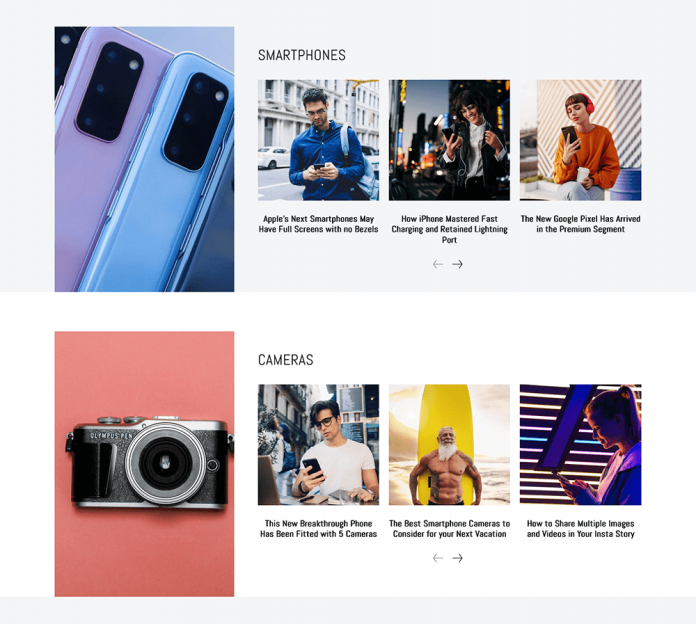The phrase “metaverse” has been bandied about a lot in recent months, especially since Facebook announced its rebranding to Meta. Meta describes itself as a social technology business whose mission is to “bring the metaverse to life.” Many people in the metaverse were intrigued by this.
The name and notion are not new. In truth, ideas and examples of the metaverse have been around for several decades. Neal Stephenson invented the phrase “metaverse” in his 1992 novel Snow Crash, in which the characters employ digital avatars to explore a digital world or connect to escape their dystopian reality.
David Gelernter introduced the concept of the digital twin, or a virtual duplicate of something that exists in real life, in his book Mirror Worlds in 1991. Dr. Michael Grieves, who is also credited with inventing the digital twin software concept, first applied the digital twin concept to manufacturing in 2002. In 2010, NASA employed digital twin technology to run simulations of space capsules.
What exactly is the Metaverse? A Short Explanation
The metaverse’s precise description can be difficult to pin down.
The metaverse is a loosely defined virtual environment in which users have access to digital avatars that allow them to “live” in this digital reality. People can communicate with pals, acquire and sell digital assets, take virtual journeys to digital destinations (which may be entirely imagined or have real-life parallels), and much more in the metaverse.
The metaverse offers a world of limitless possibilities, similar to Ready Player One’s OASIS, with realms limited only by the user’s imagination.
To be more technical, the metaverse is a virtual universe that exists in addition to or as an extension of our physical world. It’s built on interoperable technologies like virtual reality and augmented reality, and it’s powered by a viable digital economy that may be fueled by digital currencies or cryptocurrencies—and, sure, digital currencies are distinct from crypto.
Furthermore, there is no single, distinct metaverse. There can be a plethora of incarnations in the metaverse. For example, if you’re playing Fortnite, you can enter a metaverse. If you use Facebook Horizon, you can also access a distinct metaverse. However, the metaverse is designed to be interoperable, which implies that you will eventually be able to access and use assets obtained from one platform on another.
Examples of Metaverses that Help Explain the Metaverse
The concept of the metaverse and the possibilities it offers is simply mind-boggling. Here are some real-world instances of the metaverse and where it’s headed to further depict this other reality.
Pop Culture’s Metaverse
- Ready Player one

Source: warnerbros.com
Ready Player One is almost universally mentioned as an example of the metaverse. There is, however, a good reason for this. Ernest Cline’s 2011 science fiction novel presents a vivid image of what the metaverse might look like and how it might function.
People in the novel, set in 2045, seek refuge from a world ravaged by war, poverty, and climate change by turning to the OASIS, a massively multiplayer online simulation game (MMOSG) complete with its virtual world (and currency), where they can interact with other players, visit different locations, play games, and even shop. The OASIS is a realm where anything can happen, where “reality” is only limited by people’s imaginations, and where everyone may be anyone they want to be.
If that’s too much to take in, watch the 2018 Steven Spielberg film adaptation, which provides a decent look at the book’s metaverse.
In the real world, Facebook Horizon is well on its way to becoming its version of the OASIS. This virtual environment is accessible using the Oculus Rift or the Oculus Quest 2 headgear. Users can explore, play, create, and engage with other gamers in this vast digital environment.
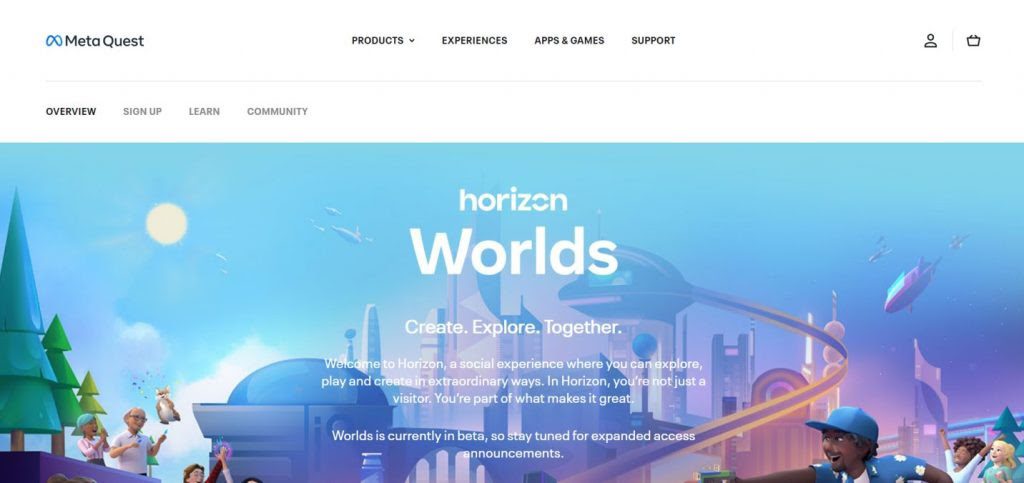
Metaverse in Pop Culture
- Fornite Concerts
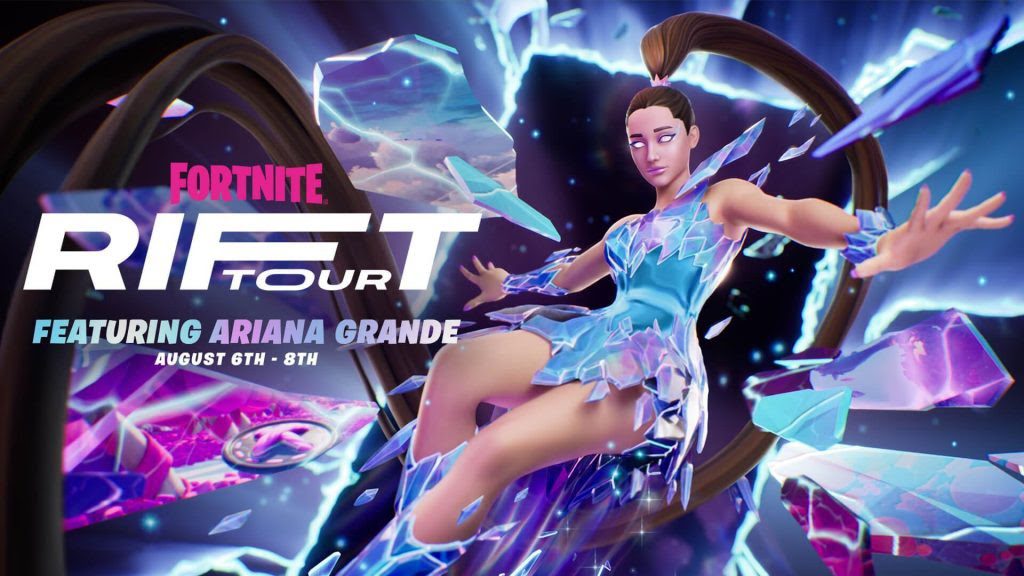
Source: epicgames.com
What began as a game has soon evolved into something more—something richer and capable of providing more different experiences.
Players in Fortnite can build their worlds and go on adventures. They can interact with other members of the Fortnite community. The game’s crossplay functionality allows users to access the game on multiple platforms, including the Xbox, PC, Playstation, and mobile phones.
Fortnite has evolved into a virtual venue where users can socialize and attend in-game performances. Travis Scott, Ariana Grande, and Marshmello were among the featured acts. Epic Games, Fortnite’s developer, ups the ante with the release of the Soundwave Series, which includes music from musicians all around the world. The Series gives gamers access to engaging in-game activities.
The Metaverse’s Games and Social Networks
- The sandbox
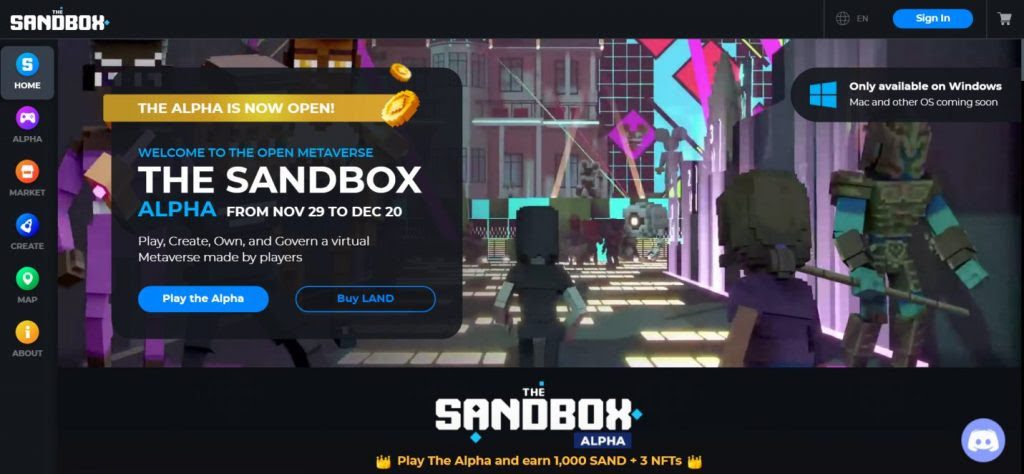
The Sandbox is a virtual metaverse where users can play and create virtual worlds. It also gives them the ability to own and monetize their in-game experiences. Non-fungible tokens, or NFTs, can be used to buy and trade lands and assets in The Sandbox metaverse.
NFTs are virtual tokens that are created on the blockchain. This distinguishes them as distinct, indivisible, and non-interchangeable, granting you real digital ownership of your in-game assets.
This demonstrates the growing acceptance of digital currencies in the metaverse. In a digital age, how we perceive, utilize, and define money will expand beyond its current constraints.
- Second Life

While not precisely a game, Second Life is an online environment that lets users create digital avatars to explore the world, interact with other users, and even sell products and services using the Linden Dollar, its in-world currency.
Second Life is similar to an earlier form of the metaverse in that users can interact with one another as well as with the digital world itself in a shared virtual space. It has been present since the late 2000s and allows users to explore the possibilities offered by the metaverse.
- Illuvium
-

Illuvium
Illuvium is slated to be published in 2022 as an open-world roleplaying game based on the Ethereum Blockchain. Players in this game hunt and catch Illuvials, who are deity-like beings that can be stored on Shards. In Illuvium, players essentially collect NFTs that symbolize each Illuvial. You’ll also be able to accumulate in-game things that you may sell on external NFT marketplaces.
Augmented Reality (AR)
Augmented reality (AR) is a technical advancement that mixes real-world elements with digital overlays. For example, you’re in the real world, but when you use AR, you can see a dragon perched on your neighbor’s car.
It’s already popular in games and navigation. Pokémon Go is one of the most popular AR applications, allowing players to hunt for, fight against, and capture Pokémon that “appear” in the real world using their phone’s camera.
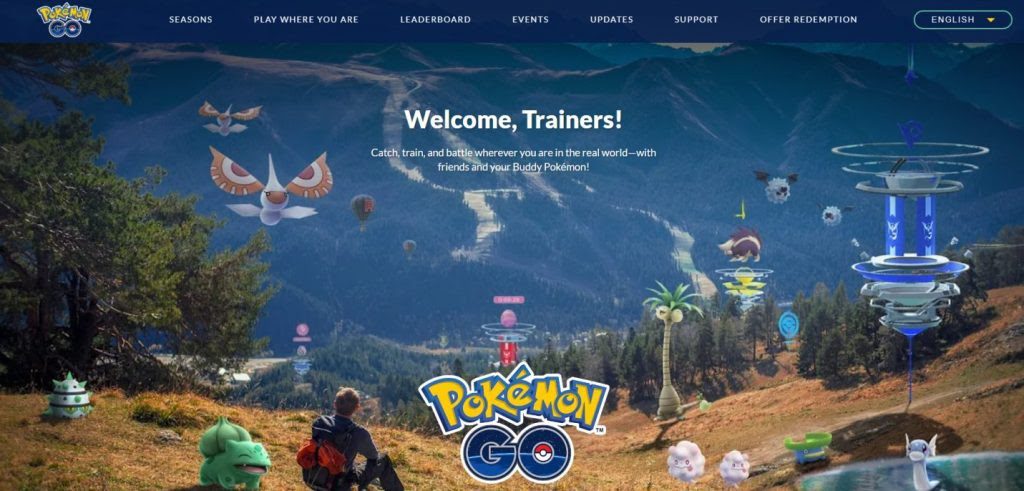
Aside from gaming uses, augmented reality (AR) is also used in navigation systems. Google’s AR and VR technology allows users to explore the actual world more thoroughly.
This real-world application is designed to provide users with a more immersive experience, allowing them to get the most out of their smart gadgets. For example, if you use Google Maps’ Live View, you can better navigate an area since directions are overlaid on top of your Google Street View photographs.
Another application is the ability to employ augmented reality in Google Search. This allows you to position 3D things in your area, giving you a greater sense of an object’s scale.
Other real-world applications of AR include:
- In football games, it is used to illustrate plays.
- Giving you an idea of how a piece of furniture might look in your room
- Bringing historical locations to life by superimposing photos of ancient civilizations over ruins
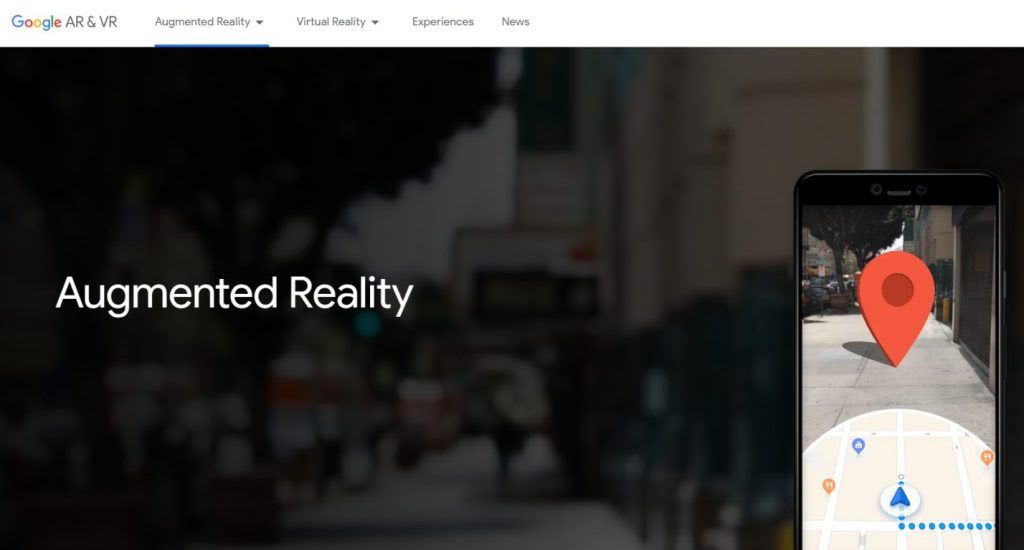
Augmented Reality
AR technology is now finding its way into schooling. The Metaverse Studio is an augmented reality platform that allows instructors and students to develop augmented reality in their classrooms. It may be used to construct apps as well as games and activities to boost project-based learning.
Real Estate in the Metaverse
We can’t talk about the metaverse without including real estate applications. People purchase and sell properties on digital marketplaces just like they do in the real world. They are, however, trading in cryptocurrencies.
While real estate in the metaverse is still regarded as “extremely speculative,” technologists predict that the metaverse will eventually have its own fully functioning economy. Virtual real estate has grown in popularity to the point that digital properties are fetching millions of dollars. A tract of virtual land in Decentraland sold for 618,000 mana, or $2.4 million in cryptocurrency, while a plot of virtual land in The Sandbox got a whopping $4.3 million.
Because of the metaverse’s growing popularity, several firms have ventured into developing their digital worlds and, with them, their digital properties. The Metaverse Group is one such company, and it maintains Decentraland, a virtual environment that its people own. Users can explore lands owned by other users, create artworks and challenges, engage in events to win rewards, and trade digital assets using mana, Decentraland’s sort of coinage.
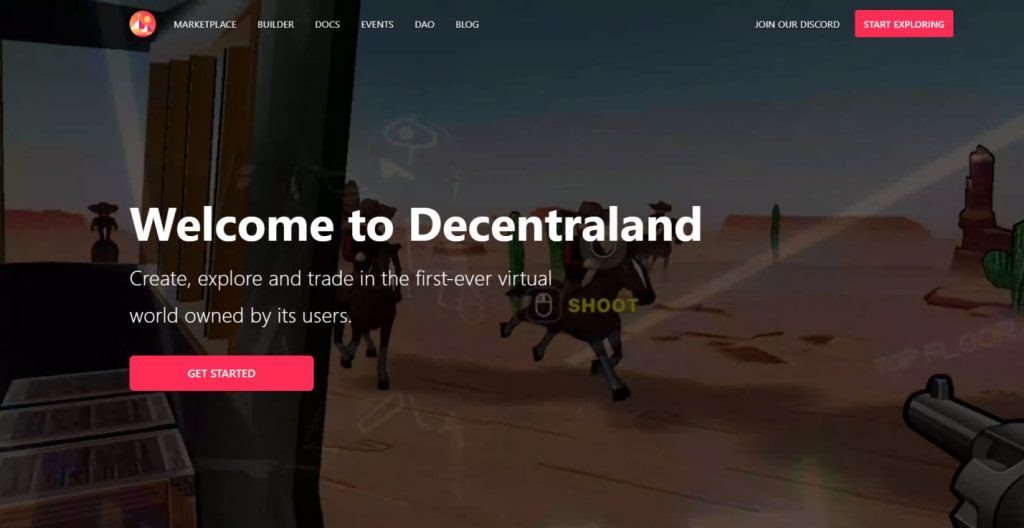
SuperWorld, a virtual environment where you may buy, sell, and accumulate pieces of virtual land, is another outstanding example of real estate in the metaverse. It currently features 64.8 billion unique pieces of virtual property, including Mount Rushmore (which sells for 0.1 ETH), the Taj Mahal (which sells for 50 EHT), and the Eiffel Tower (selling for 100 ETH).
Users who acquire a block of virtual real estate not only own unique digital assets but also become platform stakeholders who can share money generated by user activities on virtual land.
What the Metaverse Might Mean for Our Future
The metaverse is slowly but steadily becoming a reality. It has permeated several facets of our daily lives, from games and movies to real-world navigation tools. While the metaverse is difficult to define and is still in its early stages of development, we can claim for now that it is indeed full of potential. What remains to be seen is what else the metaverse has in store for us in the future.
Frequently Asked Question
What characteristics may you anticipate from a metaverse?
A metaverse—we use the word “a” since the metaverse might have multiple iterations—is a virtual environment that can be accessed by any means, such as your computer, wearable gadget, or mobile device. It’s a virtual environment where you may engage with other individuals using avatars.
It must also be persistent. This means that you may visit it whenever you want and that you can make changes to it, which will be retained when you return.
What are the current trends affecting the metaverse?
Technological advancements, as well as the rise of cryptocurrencies and decentralized autonomous organizations (DAO), have propelled the metaverse to new heights, with nearly limitless uses. DAOs, for example, can be utilized in higher education to automate and certify courses and certifications on the blockchain.
Other themes impacting the metaverse include in-game advertising, digital asset trade and accumulation, and mixing real-world settings with digital experiences.
Will the metaverse eventually supplant the Internet?
Although it is exceedingly improbable that the metaverse would eventually replace the Internet, it does have the enormous potential to change the face of the Internet. We’re already witnessing an increase in virtual and augmented reality games, as well as virtual real estate.
The metaverse will continue to expand, leveraging the internet to provide consumers with an even more immersive online and digital experience. Many technology businesses and developers are developing their versions of the metaverse, which are mostly accessible online. Developers, for example, are already holding virtual concerts, and others want to construct venues where people can watch UFC fights from any angle.
Ultimately, the idea is to create a world in which people may do whatever they want, whether it’s going shopping or attending meetings.





